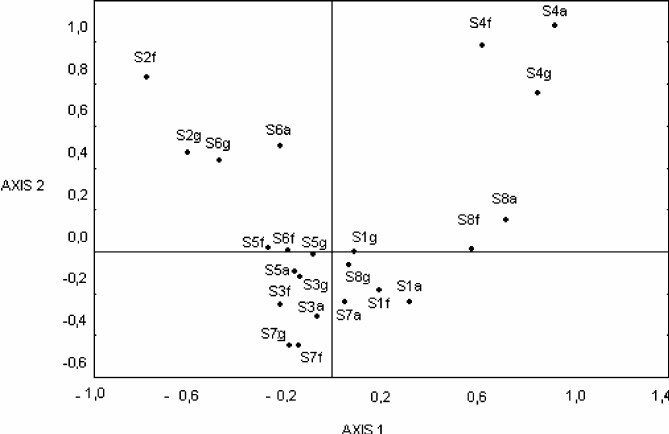Abundance matrices are commonly used in ecology and environmental sciences to quantify the distribution of species within a particular community or ecosystem. It is often used to understand the relative contribution each species has to the overall health of an ecological system. These matrices are essentially two-dimensional tables that show the abundance of each species concerning the sampling sites. The rows of the matrix represent the species, while the columns represent the sites where the samples were taken.
Variables Abundance Matrix
The abundance matrix is composed of two variables: total abundance, which is measured by the number of individuals present within a community, and relative abundance, which measures how abundant one species may be compared to another. This second variable is commonly expressed as a percentage.
Abundance Matrix Creation
To create an abundance matrix, researchers collect data on the total number of individuals for each species in a given area and then calculate their relative abundances by comparing them with one another. For example, if there are three species present in an ecosystem with 10 individuals each, then they would have equal abundances (30% each). However, if one species had 20 individuals while another had only 5, then that species would have twice the relative abundance (66%) compared to the other (33%). Once data is collected and analyzed, researchers can compare different areas or communities over time to look for changes in their overall ecology. For example, they might look at how changing land use such as urbanization or deforestation affects local biodiversity and how this impacts ecosystem services like pollination or water filtration.
Abundance matrices can provide valuable information about the diversity and structure of ecological communities. By analyzing abundance patterns, researchers can identify which species are most abundant, which are rare, and how they are distributed across the landscape. As well as providing insight into complex ecosystems, tracking shifts in relative abundances can also help conservationists identify areas where action needs to be taken to protect rarer species from disappearing completely. They can also use these matrices to calculate various diversity indices, such as the Shannon-Wiener index or Simpson’s index.
Benefits of Abundance Matrices
One of the major advantages of using abundance matrices is that they allow for the detection of changes in species distribution over time or in response to environmental change. Additionally, abundance matrices can be used to compare the structure of different ecological communities, providing insights into the factors that shape community composition. However, constructing an accurate abundance matrix can be challenging, as it requires careful site selection, sample collection, and data analysis. Factors such as sampling effort, spatial scale, and taxonomic resolution can all influence the accuracy and reliability of abundance matrices.
As well as providing insight into complex ecosystems, tracking shifts in relative abundances can also help conservationists identify areas where action needs to be taken to protect rarer species from disappearing completely. Abundance matrices can also provide valuable information about how different management strategies affect biodiversity over time since it typically takes several years for changes in population size or density to be reflected within an area’s ecology. They can also reveal which existing policies are working best at protecting specific ecosystems from human-mediated disturbances such as pollution or habitat destruction.
Conclusion
Overall, an abundance matrix can be a powerful tool for understanding both short-term trends and long-term changes within any given ecological system. By combining qualitative observation with quantitative measurements it allows scientists to better understand complex relationships between different organisms living together within larger environments – providing valuable insight into how we interact with nature around us and use our resources most efficiently for future generations.

